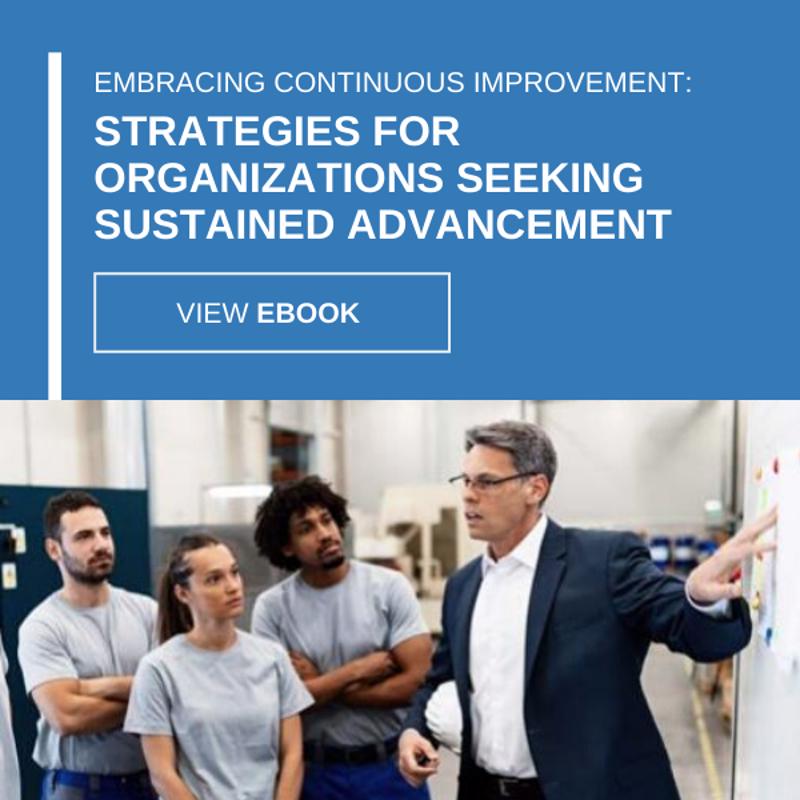
How the Pandemic Has Cast a Spotlight Emphasizing Contingency Planning
These past several weeks have been a whirlwind for pretty much the entire world. The novel coronavirus – which has led to more than 3,020,000 deaths globally and has infected nearly 142 million people, according to John Hopkins University – has turned virtually everything on its head. In less than a month’s time, the U.S. economy went from being healthy to being forecasted to enter a recession, as over 25 million Americans have filed for unemployment benefits and over 700,000 jobs were lost in March, according to government data. This has led many Americans to lose confidence in the economy’s vibrancy; just 25% of respondents in a recent LIMRA survey believe it to be in good shape, down from 56% as recently as January. Fully 50% of Americans indicate that their financial situation is becoming worse, according to newly released polling from Gallup. That represents the highest percentage of respondents who have felt as much in the more than 20 years that the polling agency has been asking such a question. This comes after numerous monthly economic reports from the Department of Labor indicated unemployment nationwide was at a 50-year low and consumer spending was trending higher.
The suddenness of the economic downturn has many people – especially business leaders – wondering: Was the writing on the wall as to the extent of the adverse effects COVID-19 would have on supply chains? In other words, could it have been forecasted? No, according to Eric Wilson, director of thought leadership at the Institute of Business Forecasting & Planning. What the pandemic did do, however, is re-emphasize why it’s so important to plan for worst-case scenarios.
“50% of Americans indicate that their financial situation is headed downhill.”
Many businesses at risk
Businesses in the private sector have felt the affects of reduced consumer spending, constrained operations and supply chain challenges. In a survey performed by the U.S. Chamber of Commerce, a majority of small businesses – 53% – said they were less than six months away from shuttering permanently due to the economic downturn resulting from the nationwide shutdown.
These findings align with the Institute of Business Forecasting & Planning’s findings, which found that a strong plurality of mid-to-large-sized companies in the U.S. did not have a plan in place for a sudden economic downturn, Supply Chain Dive reported. Evidence of this was the fact that over 60% of respondents said they experienced delays in receiving orders from China, an issue that may have been avoided by dual sourcing.
The fluidity of the coronavirus situation and the timeline of when the threat first came to light has many people questioning what red flags, if any, were missed. Of course, no one can see things coming in the future, certainly not a novel virus.
However, given that approximately three-quarters of supply chains have been adversely affected due to the pandemic, according to survey research from the Institute for Supply Chain Management, it’s clear that everyone could have done a better job at contingency planning.
This starts by ensuring there’s more transparency within the supply chain, advised Subodha Kumar, professor of marketing and supply chain management at Temple University’s Fox School of Business. Speaking to Supply Chain Dive, Kumar warned that the biggest lesson to take away from the pandemic is becoming more effective in supply chain management so disruptions can be curtailed. The coronavirus serves as “a wake up call for all the companies, that this is the time to change the whole supply chain, and create transparency in the system where any changes at the store level are transmitted to all the partners in the supply chain – and as quickly as possible.”
In other words, companies of all sizes must do more to create transparency so it allows for smarter and smoother proactive contingency planning techniques.
What’s the difference between forecasting and contingency planning?
Forecasting and planning are terms that are often used interchangeably. While they undoubtedly have similarities, the key distinction is in regard to expectations. In other words, whereas forecasting is predicting a specific event to transpire, contingency planning is rooted in what behaviors and strategies should be employed to overcome disruptions, even if you don’t predict all, or even one, may actually happen.
A classic example of successful contingency planning consists of restaurants that prioritized their delivery channels prior to COVID-19. Because of the highly contagious nature of the virus, virtually all restaurants have closed their dining rooms and offer only takeout and delivery. Whether by partnering with delivery apps like UberEats and DoorDash or hiring personnel who can drive orders to customers’ houses, eateries have been able to effectively pivot and maintain incoming revenue. The restaurant sector has undoubtedly been hard hit by the shutdown, with businesses forced to lay off or furlough much of their staff. But companies that had delivery already in place were in a better position to adapt to sudden changes to business as usual.
The same can be said for those who use dual sourcing strategies. Particularly popular among manufacturers, dual sourcing serves as a smart fallback because it ensures that if one supplier is unable to deliver a particular product, the alternative likely can. As noted by IndustryWeek, dual sourcing usually entails utilizing suppliers from that are geographically diverse, such as one that is overseas and another that’s local or national. This more effectively balances supply-side or demand-side impacts
Data is critically important
What’s the best way to plan? Those who have been in the trenches say data plays a key role. Dustin Deal, director of North America business operations for telecommunications firm Motorola, noted during a recent town hall hosted by IBFP that the company’s ability to track, catalog and obtain data has enabled it to better adapt to how COVID-19 has affected its operations in many different countries.
“There’s so many data points coming at you from all over: the health industry, the government, financial markets,” Deal said, according to Supply Chain Dive. “[We] constantly look at the variables and try to figure out how that’s going to shape our markets.”
While many aspects of the pandemic are unclear and confusing, one thing is certain: the effects of the virus will be long-lasting. You may not be able to change the course of events, but there’s a lot you can do to develop a planning playbook so you’re more capable of adjusting and modifying your operations should similar local or federal emergencies happen again. USC Consulting Group can be your partner in arms in this effort and provide you with the education and strategies that fuel efficiency and adaptability. Contact us today to learn more.








